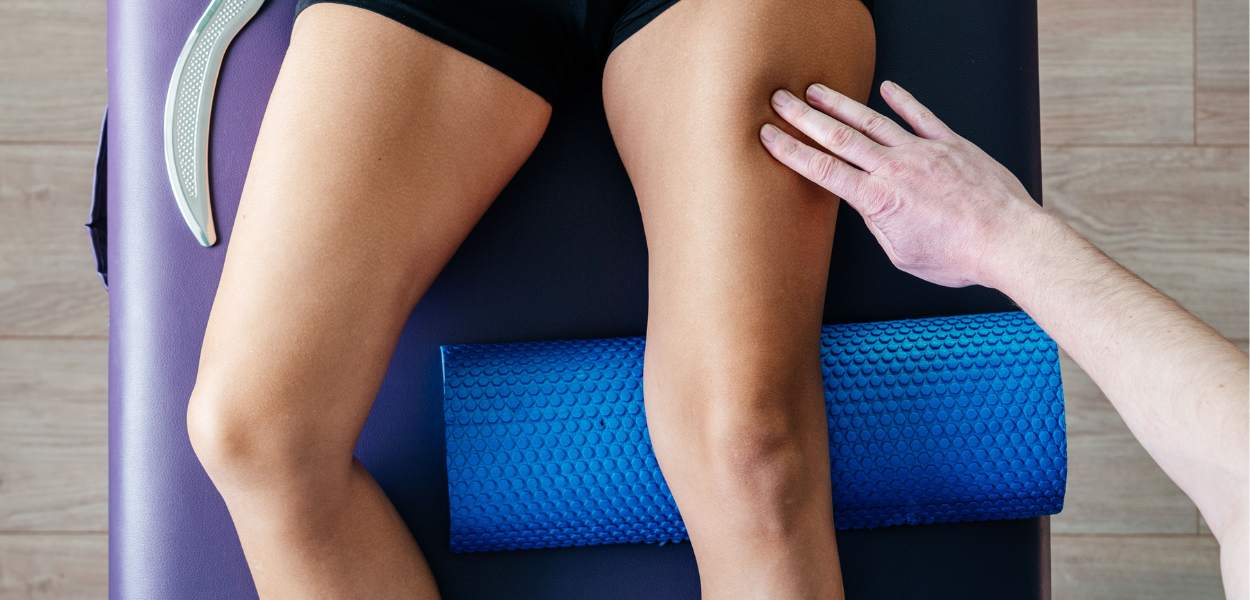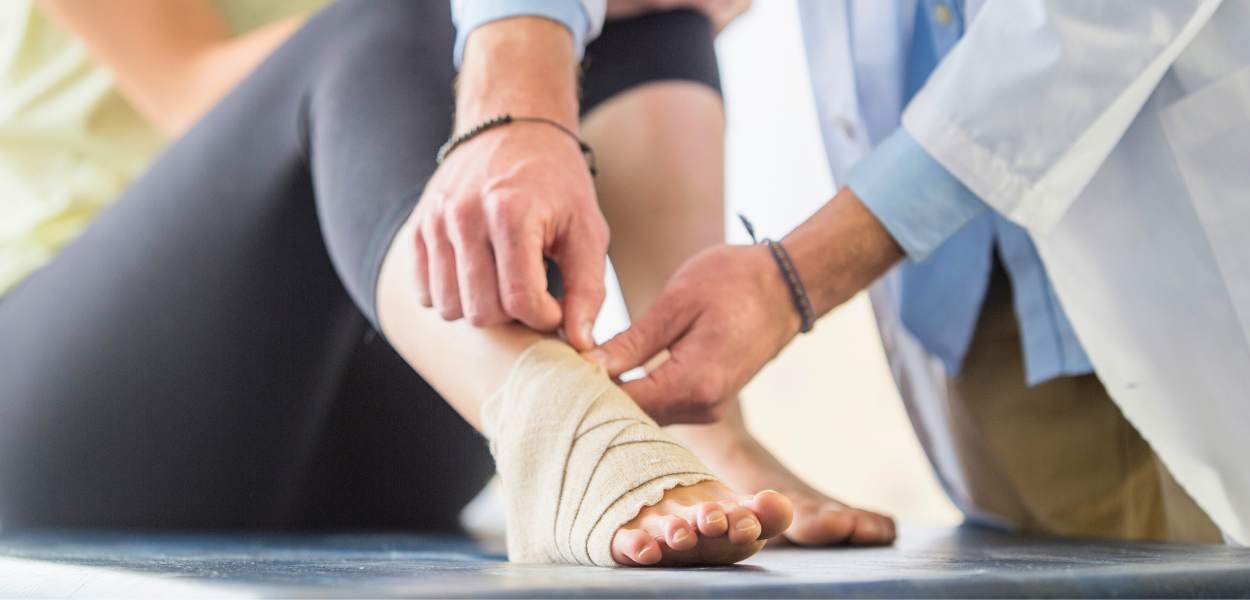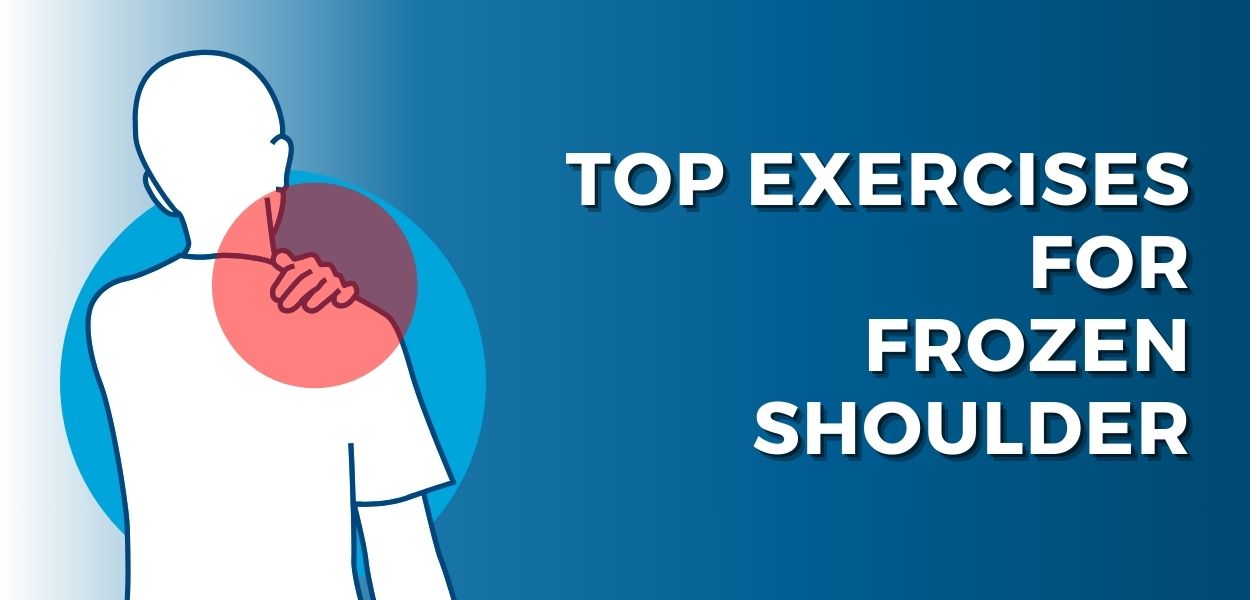Urinary Incontinence - The No. 1 Women’s Health Problem
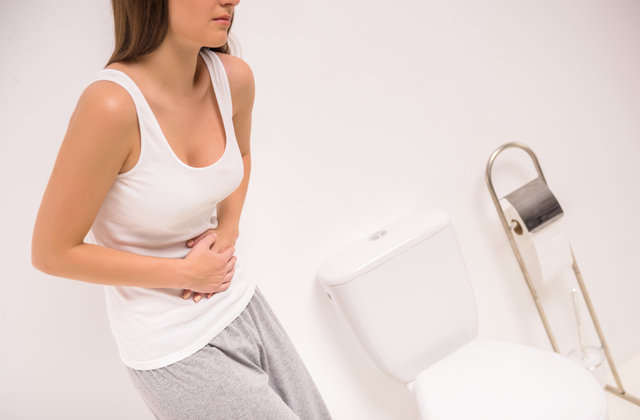
That’s right ladies! Urinary incontinence (or bladder control problems) is the one of the most common conditions seen in women who have given birth, and older adults who have gone through menopause. It is not normal and quite embarassing to pee during workouts, but don’t fear there are things that can help it and it’s not all about kegels!
With the current trend and popularity of high-intensity exercising and heavy weightlifting, women are more determined to regain fitness and weight loss goals through these means. Disturbingly, alongside this has been a popular trend of leaking being a reflection of effort. This is NOT OK and is definitely only going to make problems worse. We should not be leaking at all with exercise. Leaking is a reflection of poor pelvic floor timing and control and will only make functional tasks worse if we continue to train in this way.
The primary role of the pelvic floor is to promote continence and to support organs such as the bladder and rectum. It is a muscular sling that sits at the bottom of our pelvis. We know the pelvic floor interacts with muscles around the trunk and the diaphragm to create optimal control. We, therefore, need to integrate our breathing and pelvic floor with dynamic, agile functional movements. Once ensuring control, we can then progress to loaded exercises.
A strong pelvic floor is essential for the comfort of everyday life and exercise, and although kegels have been advised throughout health care it is outdated and ineffective for the application to function. This explains why some women despite doing pelvic floor exercises religiously do not get the results they desire. It is now time to aim high and achieve your goals so that exercise and life can be fun and without fear of leaking.
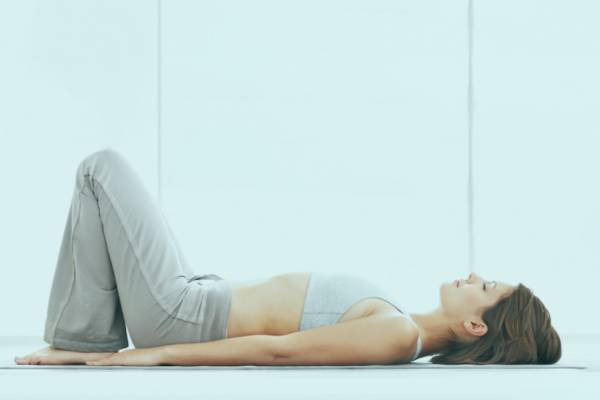
Q1. What is stress urinary incontinence?
Stress urinary incontinence (SUI) is the accidental or uncontrolled leak of urine when coughing, sneezing, jumping or running etc. SUI is mostly caused by weak pelvic floor muscles.
2. How would athletes balance their training to avoid SUI?
I would suggest that athletes incorporate core training into their workouts with a specific focus on activating the pelvic floor and deep abdominal muscles throughout each exercise. Not lifting beyond the control of the pelvic floor will help. Being aware of limitations is important, especially for weight-lifters.
It’s good to remember that just like every other muscle, the pelvic floor muscles need to relax as well as contract. Constantly holding the pelvic floor muscles is not functional. If anyone is in any doubt about their pelvic floor muscle control or feel they may have an SUI problem, they should always consult a trained pelvic floor physiotherapist.
3. Please tell us more about the field of Women’s healthcare
Women’s health care covers a wide range of conditions. My focus as a Women’s Health physiotherapist is on pelvic floor related problems, which incorporate pre and post-natal women for issues such as low back pain, sacroiliac dysfunction, abdominal separation, and general post-natal rehabilitation.
Other pelvic floor conditions that I see include overactive bladder or urge incontinence and pelvic organ prolapse. In the past, many women were unaware that there are specialised physios who can help with pelvic floor dysfunction. Many lived with their incontinence or post-natal problems and assumed “this is how it is if you’ve had a baby”. Luckily these days, women are much more aware and educated, and pelvic floor physio is considered a more mainstream form of therapy.
At Prohealth Sports And Spinal Physiotherapy Centres, our Women’s Health Clinic offers physiotherapy treatment for urinary incontinence.
Book a session with our friendly physiotherapists for an in-depth assessment.
Telephone: 2530 0073
WhatsApp: (852) 5542 0407


